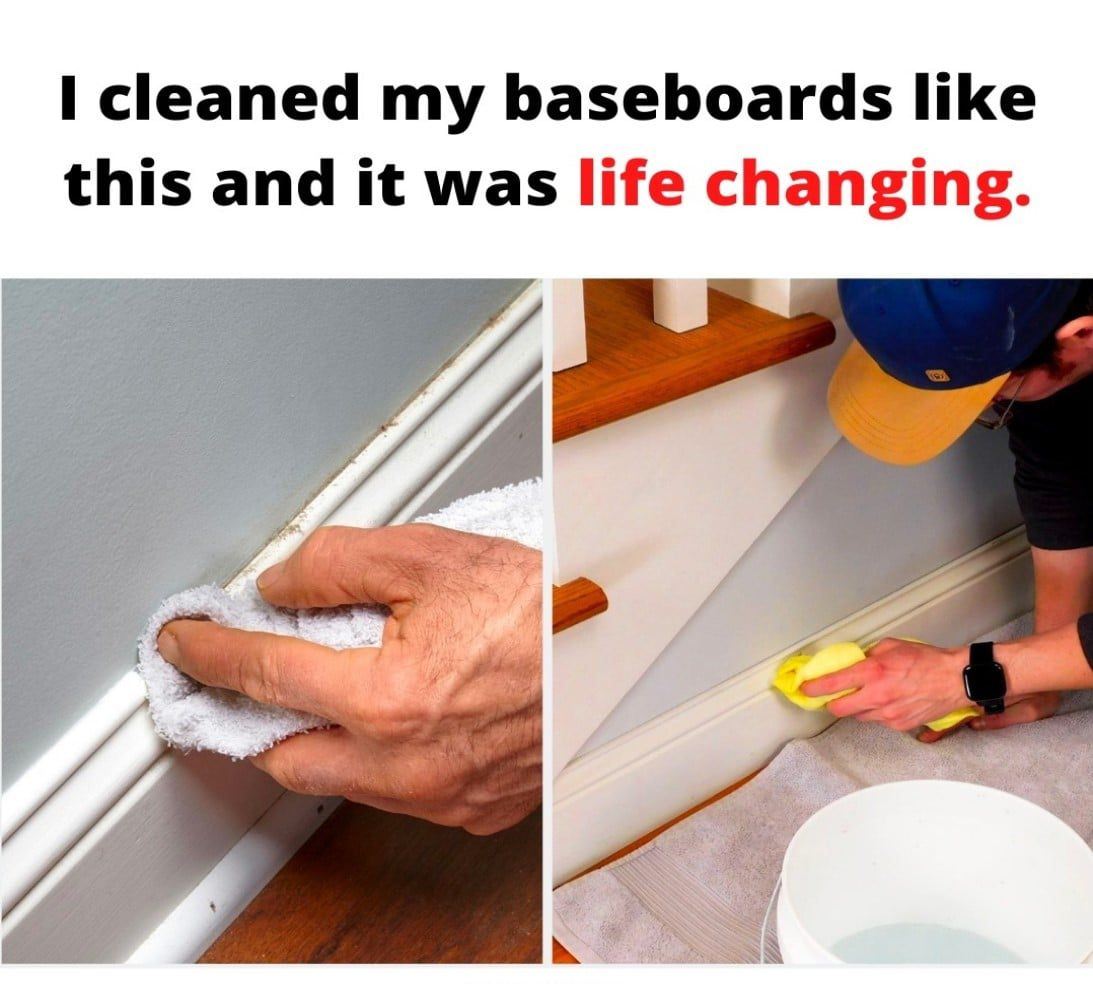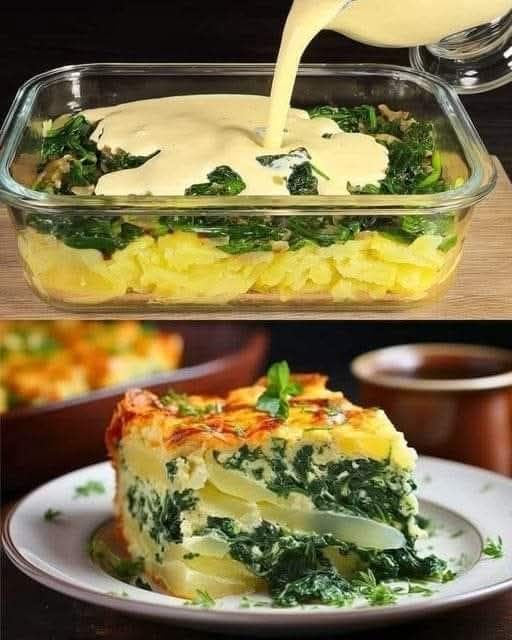Stovetops, especially those used daily for cooking, are prone to collecting food residue, grease, and even burnt spots. Over time, these residues can build up and make the stove not only look dirty but can also impact its performance. Regular cleaning is essential to ensure your stove works efficiently, especially when the burners get clogged with food particles or burnt fat. Fortunately, cleaning your gas burners doesn’t have to be a hassle. With the right cleaning methods and natural products, you can keep your stovetop spotless and maintain its performance. Below are two simple yet highly effective tips that will save you time, effort, and money.
1. Marseille Soap for Stubborn Stains
One of the most effective natural cleaning agents for tackling stubborn stains and grease is Marseille soap. Known for its cleaning and degreasing properties, Marseille soap has been used for centuries and is a go-to solution for removing burnt food residue and maintaining kitchen appliances. With the addition of white vinegar, you can enhance its effectiveness, allowing you to remove even the most challenging grease stains from your gas burners.
What you will need:
- 2 liters of water
- An old toothbrush with soft bristles
- A large basin
- Marseille soap (in flake form for easier use)
- White vinegar
Steps:
- Grate the Marseille Soap: Grating the soap into flakes helps it dissolve quickly in hot water. You will need enough soap to fill about two liters of water. If you don’t have a grater, you can use small pieces of soap, but grating it into flakes makes the process faster and more efficient.
- Boil Water: Bring a pot of water to a boil. Once the water is hot, add the grated Marseille soap to the pot and stir to dissolve it. You should have a uniform solution by the time the soap is completely dissolved.
- Add White Vinegar: Pour the solution into a large basin or container. Then, add a few tablespoons of white vinegar to the mixture. White vinegar will work with the soap to break down the grease and burnt food residues.
- Soak the Gas Burners: Submerge the gas burners into the container with the solution. Allow the burners to soak for at least 30 minutes to loosen any stubborn grease or food particles. If the burners are heavily soiled, you can leave them for up to an hour.
- Scrub Away the Dirt: After soaking, take an old toothbrush and scrub the burners. The toothbrush will help you reach all the nooks and crannies of the burners. Focus on the burnt spots and residues that may be difficult to remove. The soft bristles won’t damage the burners but will efficiently clean away the grime.
- Final Soak and Rinse: After scrubbing, allow the burners to soak for another 5 minutes to ensure any remaining dirt is loosened. Rinse them thoroughly with clean water and dry them with a soft cloth or towel.
This process is not only effective but also environmentally friendly, as it uses natural products that are gentle on the surface of your stove and safe for your home.
2. White Vinegar and Baking Soda for Heavy Cleaning
For gas burners that are extremely clogged or for stubborn stains that refuse to come off with the Marseille soap method, a combination of white vinegar and baking soda can do wonders. Both of these household staples are powerful, non-toxic cleaning agents that work together to break down grease, grime, and burnt food residue.
What you will need:
- White vinegar
- Baking soda (sodium bicarbonate)
- 2 liters of water
- A sponge
Steps:
- Boil Water: Bring two liters of water to a boil. It’s important that the water is hot, as the heat will help dissolve the grease and burnt food particles on the burners.
- Add Baking Soda and Vinegar: Once the water has boiled, add a tablespoon of both white vinegar and baking soda into the water. The two ingredients will react, fizzing up, which is a sign that they are working together to create a powerful cleaning solution. This reaction helps lift grease and grime off surfaces and break down stubborn residues.
- Soak the Burners: Pour the solution into a large basin or bowl and place the dirty gas burners into the solution. Let them soak for at least two hours. For extremely dirty burners, you can leave them to soak overnight. This extended soak allows the vinegar and baking soda to work deep into the grease, loosening it so you can easily scrub it away.
- Scrub the Burners: After soaking, remove the burners from the solution and take a sponge to scrub off any remaining residue. Be sure to use a gentle but firm motion to get rid of the dirt. You can also use a brush to reach any hard-to-clean spots. The baking soda’s mildly abrasive texture will help to scrub away grime without damaging the burners.
- Rinse and Dry: Once you’ve removed all the grime, rinse the burners with clean water to remove any remaining solution. Dry them with a microfiber cloth or any clean, dry towel to prevent any water spots from forming.
How to Clean Other Components of Your Gas Stove
While cleaning the gas burners is crucial, the rest of your stove also requires attention. Here are some simple tips for keeping the other parts of your stove clean:
Cleaning the Stovetop Plates: The stovetop plates are prone to grease splashes and food residue. To clean them, mix baking soda with hot water to form a paste. Apply this paste to the dirty areas and scrub gently with a sponge. For built-up stains, especially those caused by grease splashes, you can use white vinegar. Pour a little vinegar over the stains and let it sit for a few minutes before rinsing it off with warm water. Dry the plates with a microfiber cloth to restore their shine.
Cleaning the Stove Knobs: Stove knobs are often overlooked but can collect grease and grime from cooking. If food particles or grease are visible on the knobs, use a damp sponge and dish soap to clean them. Dishwashing liquid works wonders in breaking down grease, and it’s perfect for cleaning everyday kitchen surfaces.
Cleaning the Grates: The grates on your stove are usually exposed to a lot of dirt and grease. For daily maintenance, simply place the grates in your dishwasher along with your other kitchen utensils. For monthly maintenance, soak the grates in a bowl of white vinegar to loosen any burnt residues. After soaking, scrub the grates with a brush or sponge, rinse thoroughly, and dry with a towel.
Tips for Preventative Maintenance
Preventing the buildup of grease and grime on your stovetop is key to keeping it clean and functioning well. Here are a few tips to help you maintain your stove:
- Wipe After Every Use: After cooking, wipe down the stovetop with a clean cloth to remove any food splashes or grease. This prevents the buildup of stubborn stains and makes the next cleaning session easier.
- Use a Stovetop Protector: Consider using a stovetop protector or burner liners to catch spills and stains. These protectors are easy to clean and will save you time when it’s time to clean the stove.
- Clean Spills Immediately: If something spills on the stove while cooking, clean it up right away. The longer the spill sits, the harder it will be to clean later.
Final Thoughts
Cleaning burnt stovetops doesn’t have to be a daunting task. With regular maintenance and the use of natural, effective cleaning solutions like Marseille soap, white vinegar, and baking soda, you can keep your stovetop sparkling clean without spending money on commercial cleaning products. Not only will this save you time and money, but it will also help keep your gas stove in good working condition for years to come. So, make these cleaning methods a part of your routine, and enjoy a cleaner, more efficient kitchen!





